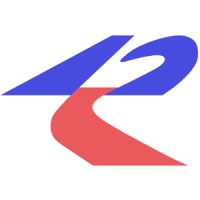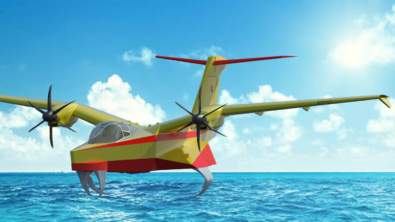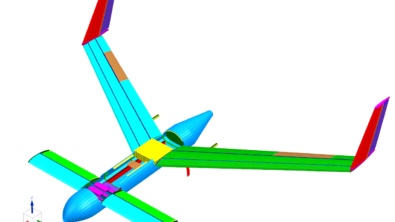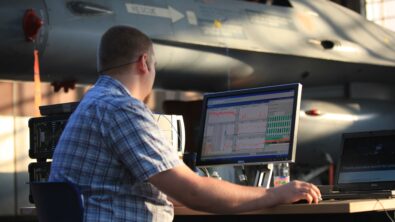Seagle fights wildfires faster, safer and more precise
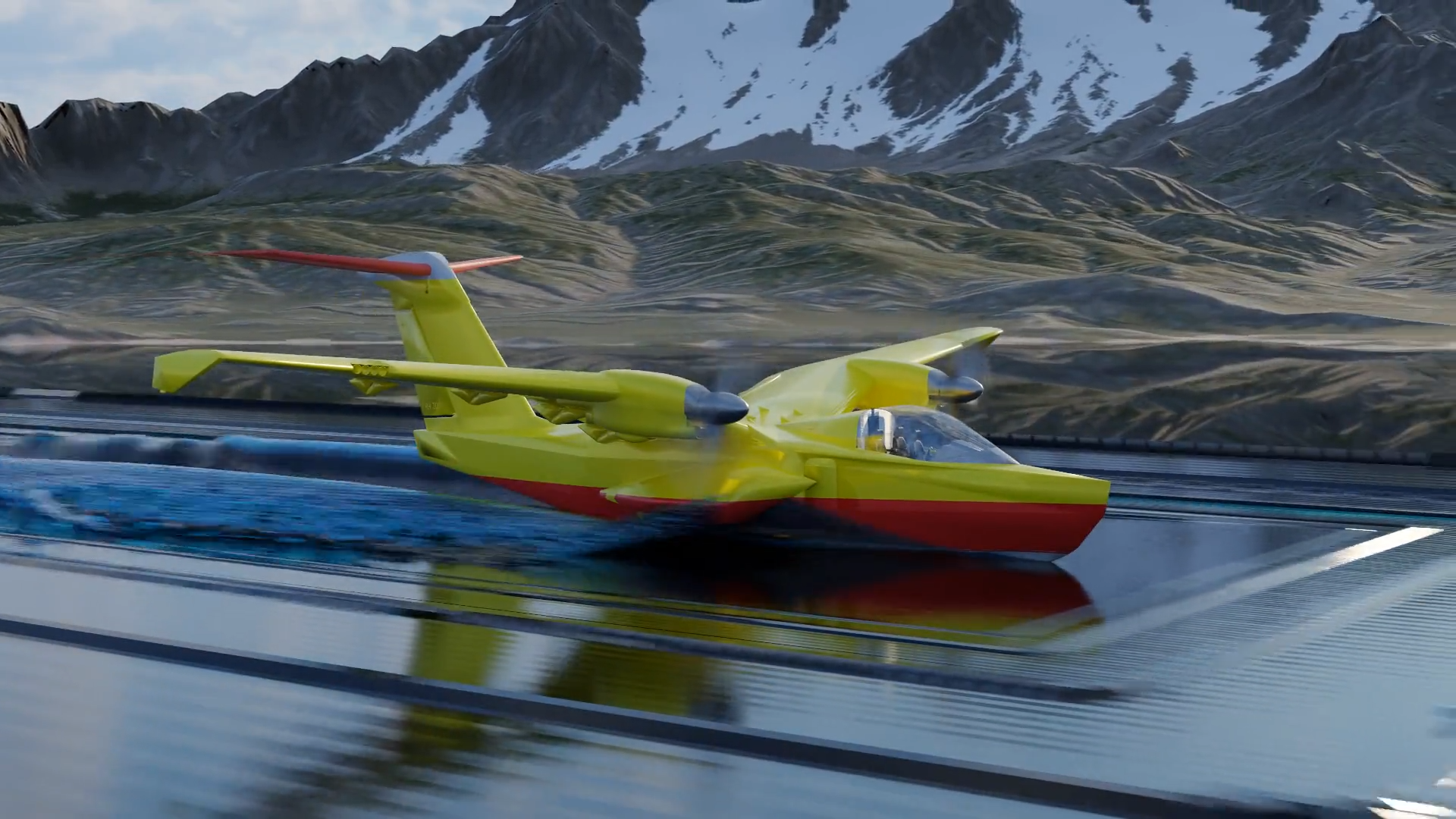
How the Siemens Xcelerator portfolio is enabling the development of the most advanced amphibious firefighting aircraft
Forest fires are, sadly, becoming more common across the world.
According to the latest European Forest Fire report, three of the worst fire seasons on record took place in the last six years, with land more than twice the size of Luxembourg burned.
The number of large wildfires in the western United States doubled between 1984 and 2015. And very recently, Canadian wildfires have been big news as they have covered the East Coast of North America in smoke.
Not only do these fires have an immediate and devastating impact on the natural habitats of wildlife and the homes of people, but they also add significantly to air pollution and carbon emissions. It’s estimated that between June 1st and August 31st, 2022, 6.4 megatons of carbon gases were created by forest fires in Europe.
And it’s only going to get worse.
Estimates suggest there will be a 30% increase in European wildfires by 2030 as climate change continues to provide longer periods of the warmer and drier conditions in which fires thrive.
But help is at hand.
Seagle – the future of amphibious firefighting aircraft
Since 2018, Roadfour has been developing a new amphibious firefighting aircraft that’s set to become a game-changer in the battle against these devastating fires.
The beauty of the Seagle is that, as well as being able to take off and land on water, it can refill its 12,000 liter tanks in just 12 seconds, ready to initiate the next water-bombing run. This is twice the capacity of the current most widely used aerial firefighter.
The Seagle also represents a leap forward in safety. By the nature of what they are dealing with, firefighting aircraft are often operating in poor visibility. The Seagle’s design includes a large glass canopy, digital cockpit avionics, and fly-by-wire controls to improve pilot situational awareness and overall safety.
Digitalized development from day one
To help meet the challenges of developing such an advanced aircraft, Roadfour knew that digitalization would be vital from the outset. That’s why they chose the Siemens Xcelerator portfolio to manage the design of the systems and structural architecture, to aid in timely decision-making.
The Seagle is on track to be in extensive use by 2030, with an estimated 300 aircraft ordered over the next two decades.
Roadfour will be presenting the latest developments at the Paris Air Show this week. This includes the new hull design and pre-concept analysis carried out in collaboration with students from KU Leuven and engineers from Siemens:
To analyze aircraft performance during, the meshless CFD software Simcenter SPH flow simulates the ditching, scooping of water, and take-off as shown below.
It predicts the pressure applied by the water on the fuselage through adaptive particle refinement (APR), similar to adaptive mesh refinement (AMR) in the finite-volume method, which allows for optimization of the resources and the focus area.
Multi-levels of APR boxes follow the same kinematics as the aircraft, refining the particles close to it and becoming coarser after passing.
Thanks to this innovative use of the latest CFD technology, the next generation of amphibious firefighting aircraft will soon be available to combat wildfires across the world.
See what Roadfour has been up to lately
